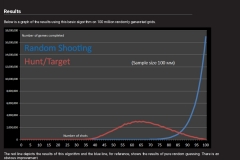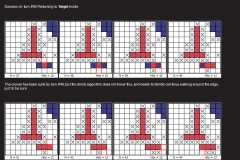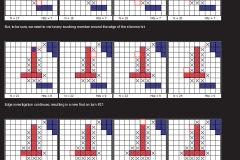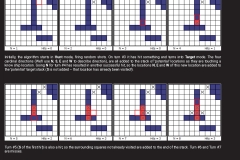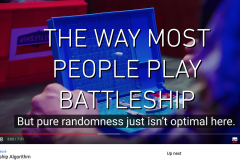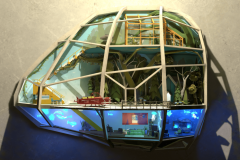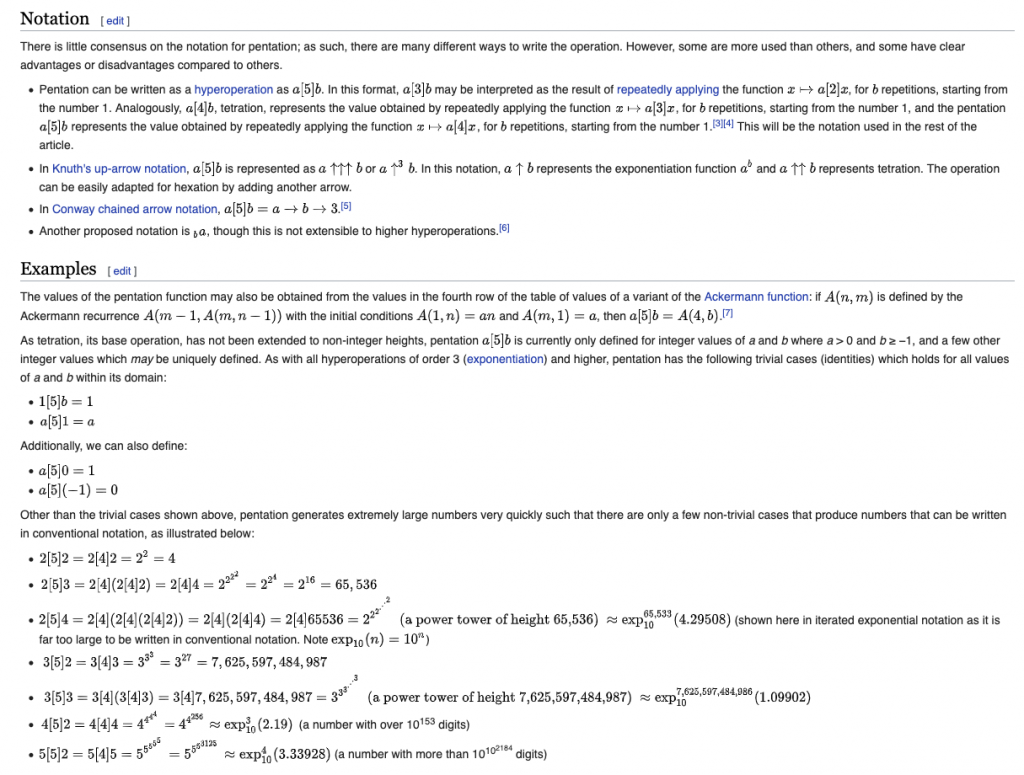It’s about that time of year where I check in with my mirror dance progress by dancing to the same music that was in my first videos.
2020 original (bad audio):
2020 director’s cut:
Last year’s: https://wootcrisp.com/2019/03/05/three-year-mirror-dance-progress/
At first I wasn’t sure what to think about this dance, but now that I’ve just given these videos my undivided attention, while sitting comfortably in the bath with my new bath shelf, and using some nice new headphones I was given for Christmas, I will indeed say that that the dance has its quality moments.
Also, in exchange for a free battery, I will also say that the particular Bomaker “CA-Dolphin Ⅰ” headphones I just watched the video with were worth doing business with, given that I don’t know anything about how they were made. I really would like to believe the company is wholesome, but in this matter I haven’t got a clue as to how I could actually learn something about the company “Bomaker“.
This kind of endorsement uncertainty reminds me of a website I developed about a decade ago: GreenAds.org. The success of a product submitted to this site was based on a combination vote_count and a green_score to rank products similar to something like Reddit. Individuals were incentivized to submit good products because they could include their affiliate id in the url, and publishers could serve a feed of popular items in their banners, swapping in their own affiliate codes in the product feed:
I recently managed to misplace all the code from GreenAds but that’s okay since it was garbage code anyway [edit: I shouldn’t say it was garbage. It was done appropriately as far as I could tell, just using an older php framework called “smarty templates” which is too much for me to think about, but I love the look of their website]. The project that motivated GreenAds was Vidipedia.org, and there’s a bit more information about both projects at this Patreon I’ve been trying to work on when I have time: https://www.patreon.com/vidipedia

One of the ways I’ve been procrastinating recently is by thinking half-heartedly about Rubik’s cubes. I’ve never solved one, and don’t want to learn the algorithms, so I slog through some trial and error with it every now and then. To inspire a recent attempt, a few months ago I opened up the chapters on “Cubology” in “Metamagical Themas“, skimmed through some of it, then put on the Go Pro, and gave a newly acquired 2x2x2 cube the old college try. In what seemed like the blink of an eye the Go Pro was out of battery and I was sitting on near 18GB of boring footage from several attempts.
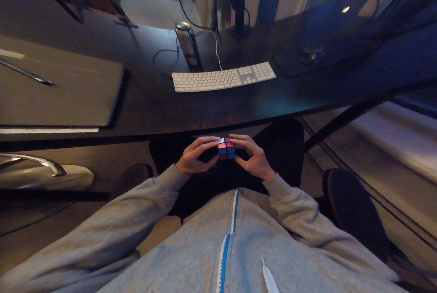
This scared me enough to not try again for a few months, but my mind has returned to the topic twice since then, and it recently led to a possible coincidence.
The first time my mind returned to the Rubik’s cube is an aside from this story, but I think worth mentioning and should be of interest to the general reader. I was trying to think of a more dynamical way to connect a set of neural fields such that each field doesn’t have to be fully connected to each of the other fields in order for them to be jointly capable of representing their entire space of combinatorial possibilities. The “dynamic neural field theory” (DNFT) approach to cognitive representation can already incorporate something like this in two ways. Multidimensional representations are typically decomposed into a set of fields that maintain bidirectional projections with each other through a common field. This is very useful because neural fields with more than 2 dimensions are challenging to simulate ((Possibly the only “integral” 3-dimensional construct that we have is “colour”, according to \textcite{Shepard2001}: “We may need three dimensions of color not because the surfaces of objects vary in just three dimensions but because we must compensate for the three degrees of freedom of natural lighting in order to see a given surface as having the same intrinsic color regardless of that illumination”. It’s a very complex issue, but I often return to the 4-layer colour encoder-decoder network reported in \textcite{Lehky1999} when I’m trying to think about modeling representations of colour: “A particular ratio of activities in the population of wavelength tuning curves is assigned the label “white,” and the distribution of wavelengths that caused it does not matter. The set of all labels forms a qualia space. In this way the system avoids dealing with a difficult inverse problem and instead does something simple but perhaps behaviorally useful. Information is lost in this process, but the information that remains appears useful enough that there are evolutionary advantages to developing such systems.”)). In this talk by Sebastian Schneegans we can see some methods to bind representations across 3 feature dimensions, like, for example, with 3 separate 1-dimensional fields, and a single 2-dimensional field, similar to what’s happening here:

In combination with a kind of “use-it-or-lose-it” strengthening and weakening of the connections between these fields—“competitive learning”, “sparse coding”—the computational burden is lessened dramatically. But this is not quite what I had in mind when I was thinking about Rubik’s cubes. Rather, I wanted some way to go from a representational space with a fixed frame of reference for each field, like small-medium-large, to a relative frame of reference like small_fruit-medium_fruit-large_fruit, via a sequence of discrete operations on just the actual set of fields themselves. Naturally, this made me think of the Rubik’s cube again, with the faces being a set of 6, 2-dimensional fields. I think it could be useful to think of each “facelet” location on a face of the cube as having a receptive field centered on a “preferred” distance for the transforms that move that facelet to a location on another face. The decision to rotate the cube in a particular way, would originate from integrating activity for each location, given that location’s rotation distance “preferences”/receptive-field. It’s weird to think of Rubik’s cubes solutions as requiring decision procedures based on this. Now before you say “it’s not weird that the Rubik’s cube solver would need a decision procedure using information like that, and it’s irrelevant to what a Rubik’s cube metaphysically is”, let me discuss the next time I thought of the cubes.
The second time I thought of the cubes since my failed attempt at solving the 2x2x2, was this evening, as I tried to wrestle my mind into focusing on something properly erudite. I opened Metamagical Themas once again and began reading “Magic Cubology” in earnest. In particular I was looking for the page containing that most interesting of anecdotes about Rubik’s Cubes that I had never forgotten: Rubik’s cubes are thought to be a model of quarks. I wanted to photograph this page for a new collection of curiosities that I’m putting together, possibly as a daily picture site.
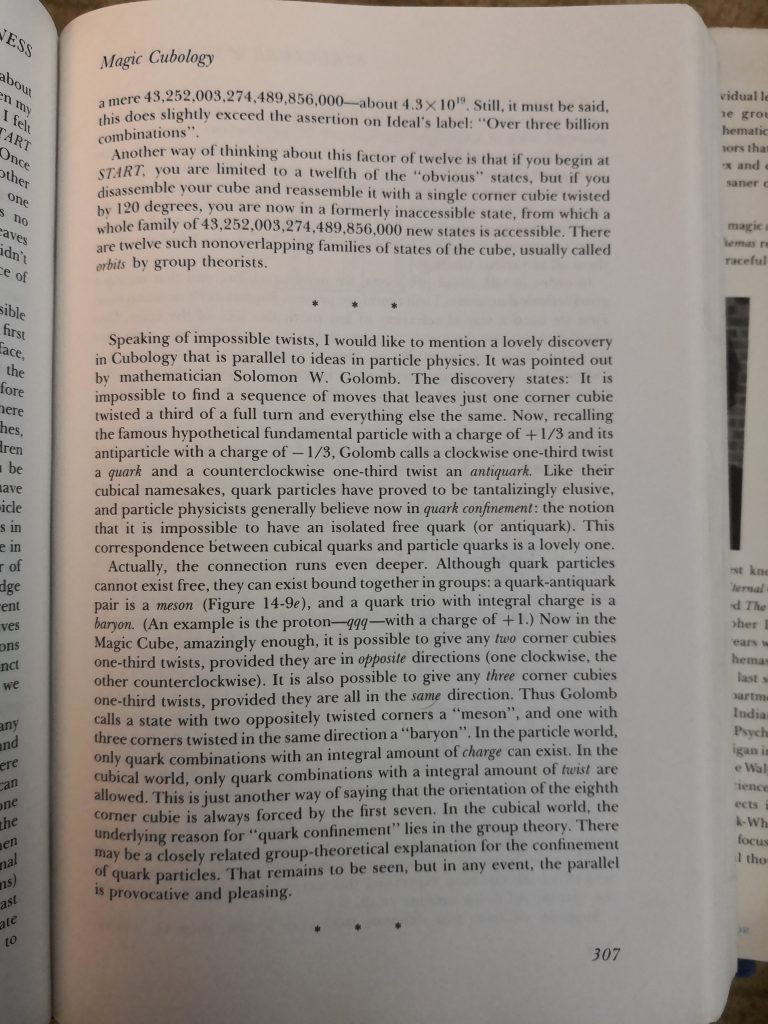
It was just at this point, that my girlfriend came in the room and asked if I wanted to finish watching “Planes, Trains, and Automobiles” with Steve Martin and John Candy. This is where the coincidence happens. A few minutes into the movie, my mind conjured up an old picture of Steve Martin holding “Metamagical Themas”:
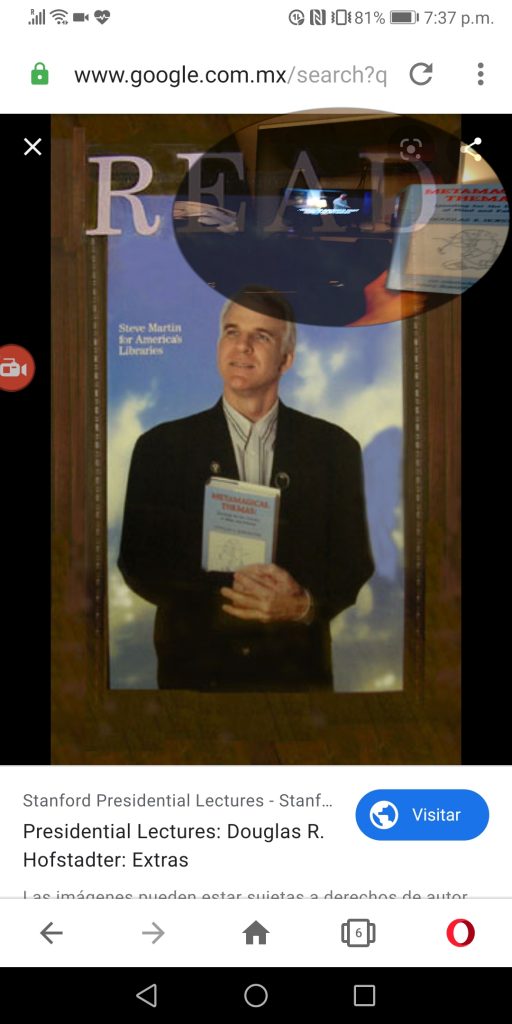
What are the chances? We had been watching the movie a bit last night, so Steve Martin likely activated the idea I have of him as being an erudite celebrity, and I think he does look a bit like Douglas Hofstadter, but…Metamagical Themas was also laying next to my bed from where we watched the movie so that might have suggested the movie in conjunction with Thanksgiving time. Alternatively, I had been humming and hawing over whether to make a “daily curiosity” site or just a montage of curiosities as part of an art piece in an upcoming gallery I’d like to release in time for Christmas. This humming and hawing may have provoked me into opening the book this evening, and the memory of Steve Martin’s picture may be a genuine coincidence.
Human beings face doom if they do not quickly reorganize society to improve their chances of survival. Inexplicably, business as usual—where we create, for example, arbitrary amounts of drones for personal amusement, deep-fakes to obliterate any definitive notions of accountability for what we may or may not have said and done, and a plethora of smaller and more exciting recording devices that, intentionally or not, record everything going on around them—is challenging our notions of “survival beyond 2030”.
Given this state of affairs, it is infuriating that the public discourse has yet to realize that VR has all the answers. So, as an exasperated response to the numbing number of “How to survive/cope” articles I see all the time, e.g., [1][2], I thought I would explain why VR is providing the means to search for the right answers to many of society’s interminable problems.
Simply stated, the problem is that we must somehow engage ~8 billion people with a role they can play in what Buckminster Fuller called the “operating manual for spaceship earth”. There is no formula for this, so it is easy for a society to start playing nihilistic language games based on the relativity of “solutions” to “our” problems. From here, Fuller tells us only that “you never change things by fighting against the existing reality. To change something, build a new model that makes the old model obsolete”.
Well, in this case, the old model of societal decision making can be likened to an optimization process called “grid search”: we imagine a space of possibilities, and we expand this space to make an “informed” decision only when something in particular doesn’t seem to be working. Like how we collectively addressed the hole in the ozone layer through specific multinational agreements when it was clear how dangerous the situation was.
Grid search is passé. Bayesian search theory (BST), changes everything, from how we look for lost nuclear submarines in the Atlantic, to making evidenced-based changes to how we teach professions as esteemed as radiology. The principles of BST can be understood simply using the toy game “Battleship”, where it is obvious that random firing is not the best way to play. It is much better to integrate what you know about the number and size of the ships you need to hit, along with where you’ve already fired, in order to maximize the probability of a hit:
We know from work like \textcite{Kahnmen1973, Holmes2014} that human beings often do not do the “optimal thing”, yet they also seem to “succeed” nonetheless. This is because there is always an ad-hoc “optimal” way to have arrived in a situation, but to give the term any kind of prospective meaning requires specifying a commitment to a goal in advance. BST methods tell us that this specification requires a kind of “imagination”. An ideal search must occasionally check out strange places—called “exclusion saccades” in vision research—as part of committing the searching agent to an imagination that makes some locally “non-optimal” decisions in order to find a more optimal global solution.

The optimal global solution for human life in this moment requires that academia in particular unifies behind the outlandish goal of global adoption of virtual reality headsets.
From Terrarium VR, and my own Virtual Explorations.
The easiest way to get billions of people to commit to achieving something, while not moving around and causing so many problems, is with a seductive and self-reinforcing technology like VR, that can satisfy a range of goals by maximizing creative potential as well as the freedom to be totally uncreative. With this incredible tool, people can at least have the option of managing their habitat with surrogate devices and try to make a positive difference by learning about, and applying, principles of optimality with their neighbours in the process.
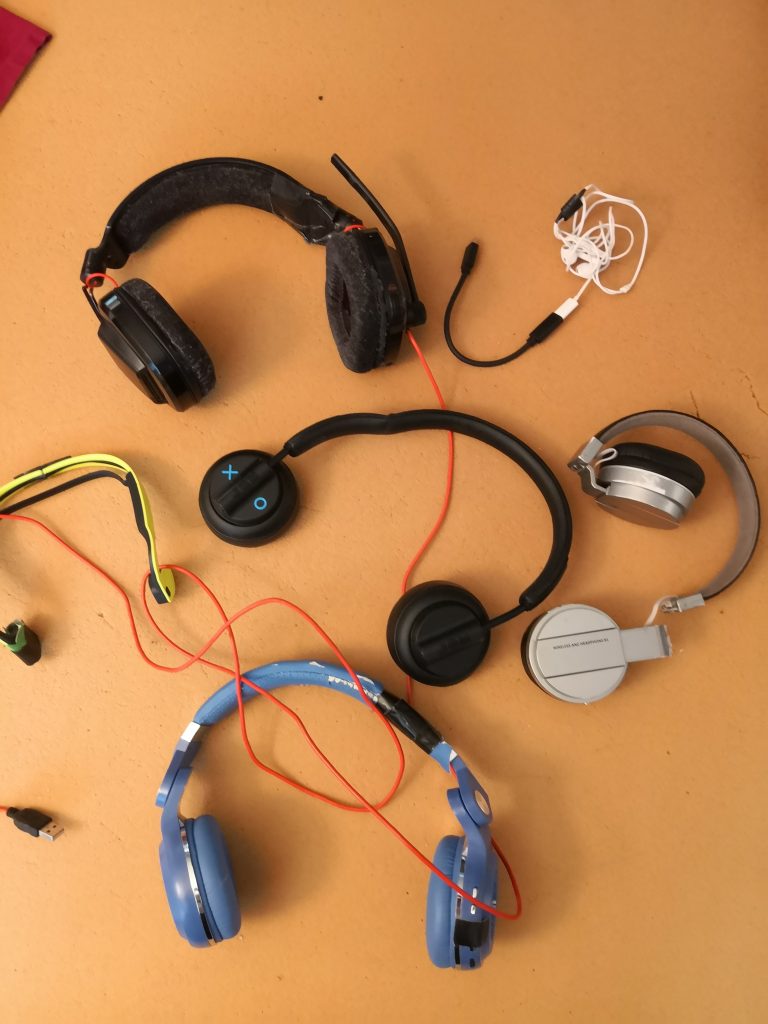
The subset of broken headphones that were deemed worth preserving.
A moment ago I found myself trying to explain why “Graham’s number” was more exciting to learn about than what it sounds like, i.e. it’s “just” a really big number. No no. This number expands your notion of what “big” actually means, because you need to learn about the operation that succeeds exponentiation in order to understand it: “tetration”. This Numberphile does a great job at explaining it.

As I was trying to explain the excitement of this number it occurred to me that I better understood how Douglas Hofstadter would remember his childhood feeling of disappointment in learning that a subscript like ![]() in
in ![]() , does not refer to something as interesting as exponentiation, like
, does not refer to something as interesting as exponentiation, like ![]() .
.

So what is the hyperoperation (![]() ) beyond tetration (
) beyond tetration (![]() )? It is called “pentation”:
)? It is called “pentation”:
Westside
Midwest
Eastside
Southside
Euroside
To me it looks like the tire marks on this Templehof runway add some velocity to my skooting:
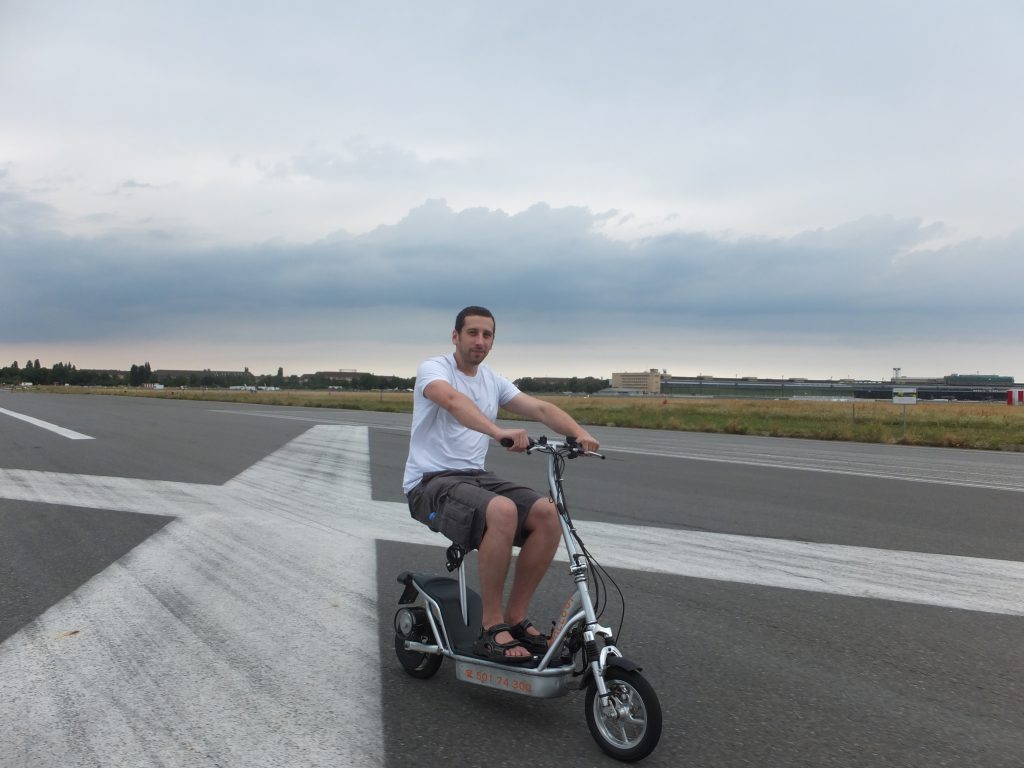
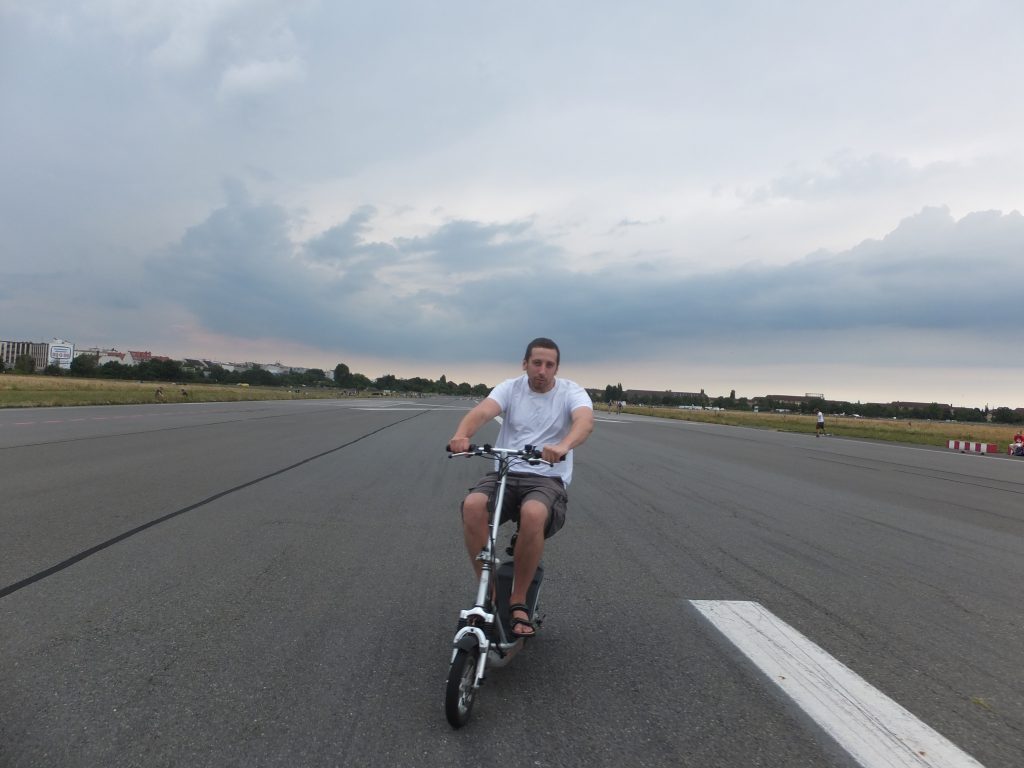
I think there is progress this year, but my opinion seems to depend on context of watching (phone, time of day, mood, etc…). Some of the bad ass moves don’t always impress.
Last year: https://wootcrisp.com/2018/03/28/two-year-mirror-dance-progress/
There is something incredibly satisfying about beating a corrupt system. I am currently posting this from behind a pay-for-use gateway at the Mexico City airport, connected to the internet using a DNS tunnel provided by an Android app called Slow DNS. All around the airport are signs saying “free wifi”, it just happens that this is a lie. There is no airport wifi, but there is “free wifi” available if you have an account with a telecom provider like Telcel. I do have an account with Telcel but was simply unable to have my credentials authorized. This is extra annoying because, 1) I ran out of data a few hours ago and, 2) I had to go to the airport early.

Frustrated, I tried to buy a drink at a bakery offering “free wifi” to customers, but was told that a drink would not be sufficient to elicit the password, and I certainly wasn’t going to pay Vancouver prices for a croissant. Fuming mad, I decided to try and use the Slow DNS app I downloaded last week as a stop gap measure until I have the time to get iodine installed on one of my servers. To my total shock it is actually working.


What is a DNS tunnel? For the lay person, it is sufficient to say that it is a way of stuffing normal internet traffic into the much more restricted little internet that allows you to access corporate pay-for-use gateway pages. More advanced readers might want to read a more detailed explanation here.
I have been looking for an excuse to do some DNS tunneling for almost 20 years and finally, finally, I have the tools and moral righteousness to do it.
It feels so good. You simply must try it for yourself. Just make sure the websites you visit are “https” and not “http”. I have no idea who runs Slow DNS and it’s best to assume you’re being watched.







